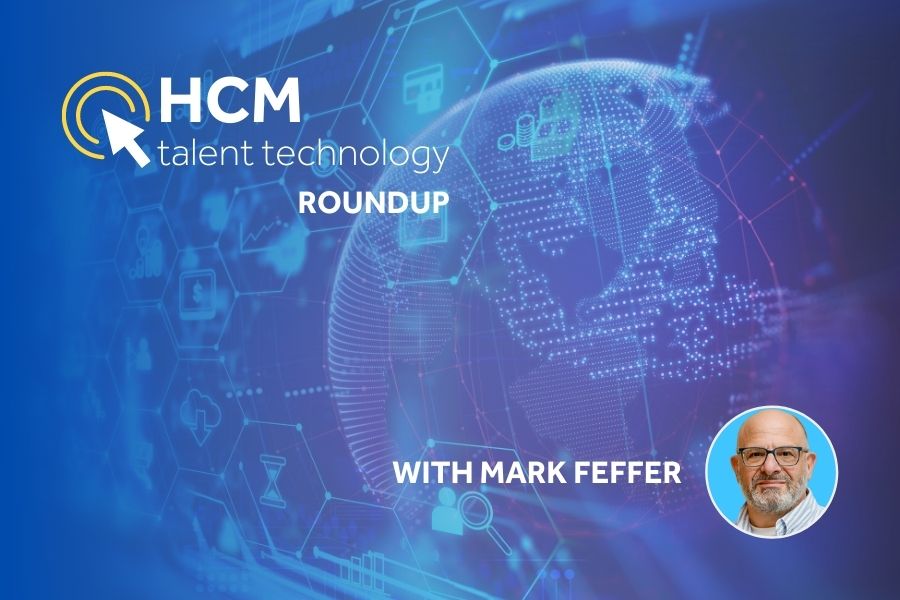It’s not only rank and file employees who are keeping an eye on the door. A number of senior executives plan to leave their jobs at some point during the next two years, according to KellyOCG’s 2022 Global Workforce Report.
“Our research signals there is significant talent demand for a life-work shift,” commented Tammy Browning, president of KellyOCG. “Even senior leaders are experiencing it and acknowledge that employers could be doing more.”
KellyOCG surveyed C-suite leaders, board members, department heads, directors and managers in 12 countries and 10 industries. The report’s key findings include:
- Many senior executives are dissatisfied in their role and lack confidence in their employer. More than half, 58%, are unhappy in their current position, while 72% plan to leave their company within the next two years. This, says Kelly, indicates that the full force of the Great Resignation has yet to be felt, and “the loss executives will have significant implications for companies and the global economy.”
- Leaders are struggling to make hybrid work a success. Just two in 10 firms believe that hybrid work is positively impacting organizational culture, and 28% expect the complexity of managing a hybrid workforce will eventually spur a return to the office for most employees.
- Hiring contingent talent is one of the biggest talent barriers businesses face today. Just over 33% of leaders say their firm struggles to hire the contingent talent they need in order to remain agile. More than a quarter, 28%, plan to increase their use of contingent talent by at least 25% over the next five years. However, just 36% have a clear strategy for using contingent talent to augment their permanent workforce.
- Firms are not being aggressive or fast enough to achieve diversity, equity and inclusion and support employees’ mental health. Only around one-third have implemented initiatives to improve DEI, such as advocacy groups and support programs. Only 19% provide DEI training to leaders. And even though more than 25% report an increase in employee absences due to poor mental health, 70% do not have a culture where it’s acceptable to disclose mental health challenges as a reason for taking time off.
- Firms are lagging when it comes to adopting the right tools and technologies to develop their workforce. Nearly two-thirds don’t have data analytics tools to help them capture trends around retention and productivity. Some 64% report a lack of knowledge-sharing tools that would foster stronger collaboration among hybrid, remote and in-office employees.
Improving Performance
Companies that have improved employee wellbeing, productivity and revenue growth in the last year have followed a number of strategies to help their situation, KellyOCG said. They include:
- Strengthening workforce agility. Leading organizations are 15% more likely to encourage the use of contingent talent to improve workforce agility (40% vs. 24%), suggesting a link between the use of contingent talent and higher employee productivity and wellbeing.
- Taking concrete action on DEI. Senior leaders are more likely to engage with workers across the organization around DEI (82% vs. 60%) and are more likely to implement initiatives to improve their DEI performance
- Reinventing the employee Senior executives at these companies are 33% more likely to have a positive life-work balance and be happy in their current role. They are also more likely to say that their organization is respectful of employees and is reinventing work in partnership with their workforce. They’re implementing strategies to assess employee sentiment and engagement and report C-suite accountability for improving the employee experience (57% vs. 29%).
- Adopting the right tools and technologies to empower the workforce, including knowledge-sharing tools that enable collaboration among in-office, hybrid, and remote workers (46% vs. 34%) and platforms that allow a clear view of the mix of permanent and contingent talent across the business (42% vs. 32%).
To address such issues, a shift in workplace culture is necessary, said Browning. In addition, organizations must evolve if they want to attract top talent. Organizations that don’t “will continue to see employees at all levels walk out the door, she said.”
By Mark Feffer
Mark Feffer is executive editor of RecruitingDaily and the HCM Technology Report. He’s written for TechTarget, HR Magazine, SHRM, Dice Insights, TLNT.com and TalentCulture, as well as Dow Jones, Bloomberg and Staffing Industry Analysts. He likes schnauzers, sailing and Kentucky-distilled beverages.
Recruit Smarter
Weekly news and industry insights delivered straight to your inbox.





Discussion
Please log in to post comments.
Login